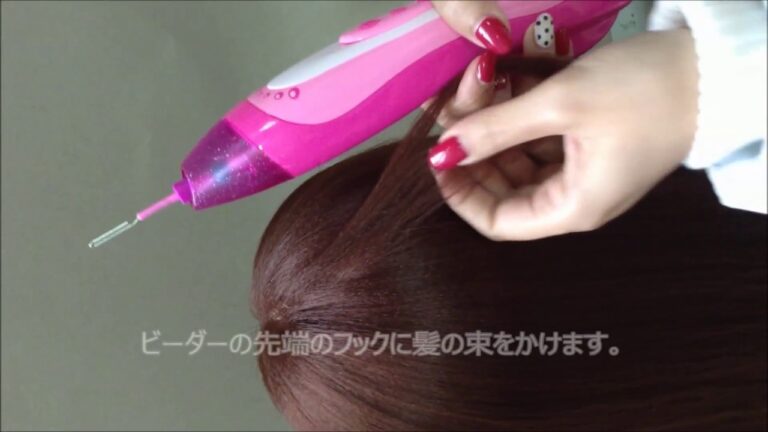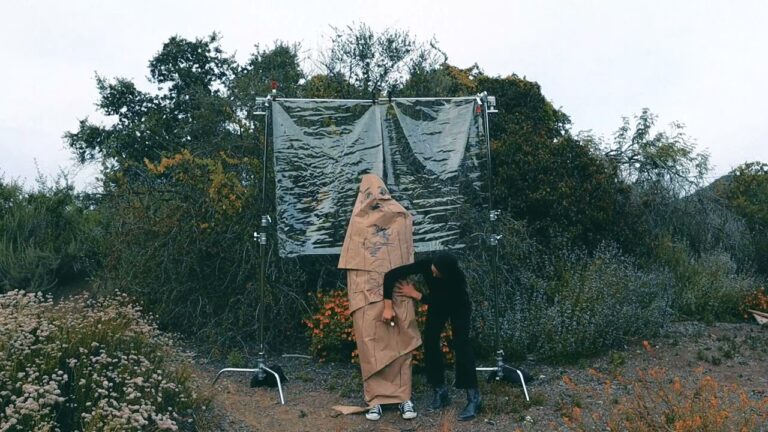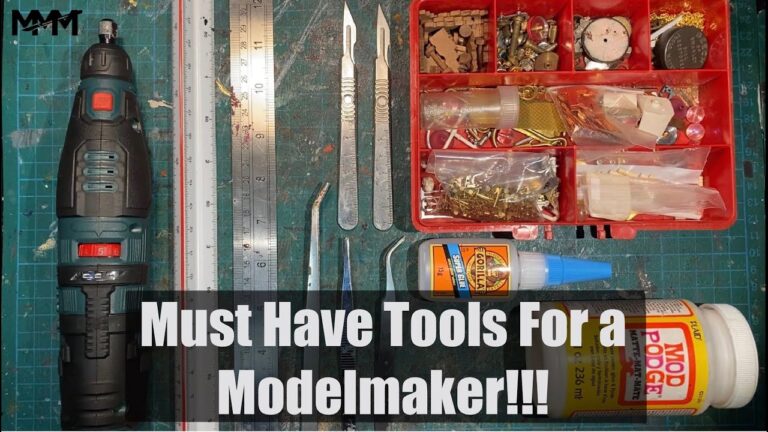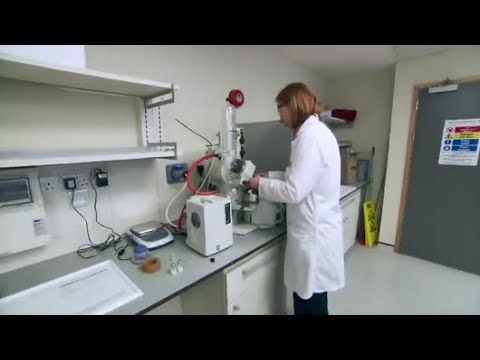High-Paying Spotlight Operator Job: Description and Salary
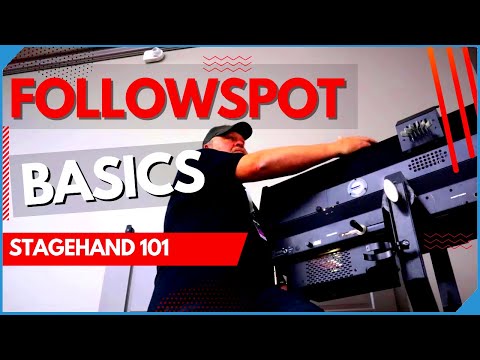
Spotlight Operator Job Description Template
Spotlight Operator Job Description A spotlight operator is responsible for operating and controlling spotlights during live performances, such as concerts, theater shows, and other events. They are an integral part of the technical crew and play a crucial role in enhancing the visual impact of the production. The main responsibilities of a spotlight operator include: 1. Operating Spotlights: The spotlight operator uses a control panel to maneuver spotlights and adjust their position, intensity, and color. They must have a keen eye for detail and be able to follow cues from the lighting designer or stage manager to ensure that the lighting effects are executed precisely and in a timely manner. 2. Maintaining Equipment: It is the spotlight operator’s responsibility to ensure that all spotlight equipment is in good working condition. This includes regularly checking and maintaining the spotlights, replacing bulbs when necessary, and troubleshooting any technical issues that may arise during a performance. In addition to these primary responsibilities, a spotlight operator may also be involved in the setup and tear-down of lighting equipment, as well as collaborating with other members of the technical crew to ensure a smooth and successful production. To excel in this role, a spotlight operator must have a good understanding of lighting techniques, be able to work well under pressure, and have excellent communication skills to effectively coordinate with the rest of the crew and performers. In conclusion, a spotlight operator plays a vital role in creating captivating visual effects during live performances. Their technical expertise and attention to detail contribute to the overall success and impact of the production.Spotlight Operator Responsibilities
Spotlight Operator Requirements
How Much Does A Spotlight Operator Make?
Spotlight Operator Salary
| Position | Salary |
|---|---|
| Spotlight Operator | $35,000 – $50,000 per year |
In the entertainment industry, a Spotlight Operator plays a crucial role in ensuring that performers are properly illuminated on stage. They operate spotlights and control lighting cues during live performances, concerts, and events. The salary range for a Spotlight Operator typically falls between $35,000 and $50,000 per year.
Spotlight Operator Salaries by Country
Top Paying Countries for Spotlight Operator
| Country | Salary (per year) |
|---|---|
| United States | $60,000 |
| Switzerland | $55,000 |
| Australia | $52,000 |
| United Kingdom | $50,000 |
| Germany | $48,000 |
A spotlight operator is responsible for operating and controlling spotlights during live performances, theatrical productions, or other events. The salary of a spotlight operator may vary depending on the country they work in. According to the data, the top paying countries for spotlight operators are the United States, Switzerland, Australia, United Kingdom, and Germany. In the United States, a spotlight operator can earn an average annual salary of $60,000. Switzerland offers a salary of $55,000, while Australia and the United Kingdom offer $52,000 and $50,000 respectively. Germany rounds up the top five with an average salary of $48,000 per year.
A video on the topic Spotlight Operator
Video Source : Alan Hamilton AudioInterview Questions for Spotlight Operator
1. What does a Spotlight Operator do?
A Spotlight Operator is responsible for operating and controlling spotlights during live performances or events. They adjust the spotlight’s position, intensity, and color to highlight specific areas or individuals on stage.
2. What skills are required to become a Spotlight Operator?
Some of the skills required to become a Spotlight Operator include knowledge of lighting equipment, the ability to work under pressure, good communication skills, attention to detail, and the ability to follow cues from directors or stage managers.
3. How do you ensure the spotlight is focused correctly on the desired subject?
To ensure the spotlight is focused correctly on the desired subject, I would first communicate with the director or stage manager to understand their vision. Then, I would use the spotlight’s controls to adjust the position, focus, and angle of the light beam until it accurately highlights the desired subject.
4. Can you describe a time when you had to troubleshoot a technical issue with a spotlight during a live performance?
During a live performance, there was a technical issue with one of the spotlights not turning on. I quickly identified that the issue was with the power connection. I immediately informed the stage manager, and while the performance was ongoing, I quickly replaced the faulty cable to ensure the spotlight could be used again.
5. How do you stay updated on the latest lighting techniques and equipment?
To stay updated on the latest lighting techniques and equipment, I regularly attend workshops, seminars, and industry conferences. I also read industry publications and follow online forums and social media groups dedicated to lighting design and operation.
6. What steps do you take to ensure the safety of the performers and crew while operating spotlights?
Ensuring the safety of performers and crew is of utmost importance. I always double-check the stability and positioning of the spotlight before each performance to prevent any accidents. I also maintain clear communication with the stage manager and other crew members to coordinate movements and ensure everyone’s safety.
7. How do you handle last-minute changes or adjustments to the lighting plan?
Last-minute changes or adjustments to the lighting plan are common in the entertainment industry. To handle such situations, I remain flexible and adaptable. I communicate with the director or stage manager to understand the changes and quickly make the necessary adjustments to the spotlight’s position, intensity, or color to accommodate the new requirements.
8. What steps do you take to maintain and care for spotlight equipment?
To maintain and care for spotlight equipment, I regularly inspect and clean the spotlights to ensure their proper functioning. I also check and replace any faulty bulbs or components. Additionally, I follow the manufacturer’s guidelines for maintenance and schedule regular servicing to keep the equipment in optimal condition.
9. How do you handle high-pressure situations during a live performance?
During high-pressure situations, I remain calm and focused. I rely on my training and experience to make quick decisions and adjustments. Clear communication with the rest of the crew is essential to ensure a smooth performance. I also anticipate potential issues and have backup plans in place to handle any unforeseen circumstances.
10. Can you describe a time when you had to collaborate with other lighting professionals or stage crew members?
During a large-scale production, I collaborated closely with other lighting professionals and stage crew members. We worked together to coordinate the placement, timing, and effects of the spotlights to create a cohesive visual experience. Clear communication and teamwork were crucial in achieving the desired lighting design and executing it flawlessly during the performance.

